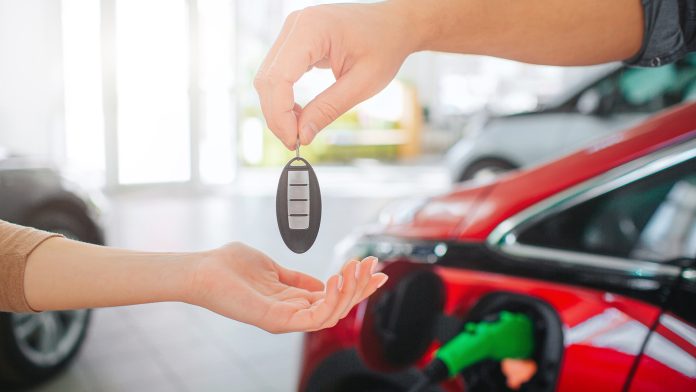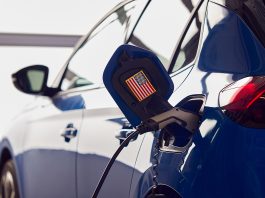An analysis of the used EV market in the US has revealed the top concerns that are stopping motorists from making the switch to electric.
Although the used EV market has begun to mature in the US, with early adopters of EVs trading in for the latest models, some barriers still remain that are slowing down EV uptake.
The second-hand market for EVs will be key as the world transitions to clean, electric mobility, providing different entry points for motorists to make the switch.
A new study conducted at Rutgers University-New Brunswick has surveyed over 1,000 motorists to find out the key areas that must be improved to increase adoption.
Understanding the used EV market
For their investigation, the researchers performed a nationwide survey of 1,167 EV owners to understand the motivations for buying a used EV.
The study’s participants were recruited through EV discussion groups on social media platforms and surveyed between September and October 2022.
Demographic and socio-economic data was obtained from the participants, and questions were asked relating to various pre-purchasing concerns, including:
- Battery performance
- Charging infrastructure availability
- EV prices
- Driving range
- Used EV availability
- Costs of installing a home charger
Barriers to EV adoption
After accounting for household income, the researchers discovered that price, charging availability, and battery performance rank as the primary concerns for buyers contemplating the purchase of a used EV.
However, these concerns were not consistent across all income brackets.
Individuals earning below $50,000 annually showed a higher level of concern regarding the availability of charging stations compared to those earning over $150,000.
Conversely, those on the lower end of the income spectrum were 32% less likely to express worry about battery performance compared to their counterparts with the highest incomes. This difference could be attributed to lower-income drivers generally having shorter commutes.
Furthermore, owners of pre-owned EVs with household incomes below the national median of $75,000 were more focused on price compared to those with household incomes exceeding $150,000 per year.
Robert Noland, director of the Rutgers Alan M. Voorhees Transportation Center, commented: “Taken together, these findings suggest that EV demand may still not be widespread for lower-income households in the US.
“Encouraging nationwide EV adoption will require broader uptake of new and used EVs from all income levels.”
Incentives are essential to increase uptake
Wei San Loh, who works as a senior statistician at the University of Michigan, believes policy changes can accelerate EV uptake.
Additionally, she says that increasing charging station availability and increasing subsidies for used EVs could be pivotal: “Buyers will always compare EVs to combustion engines.
“That’s why we need to think creatively about making it more attractive for people from different income brackets to consider the used EV option.”









